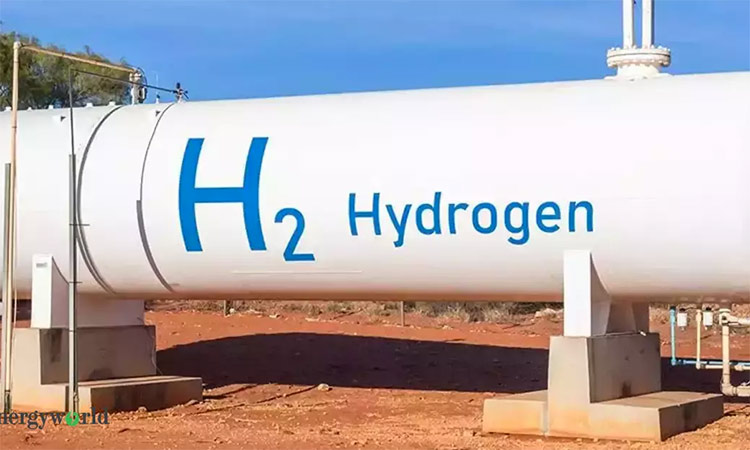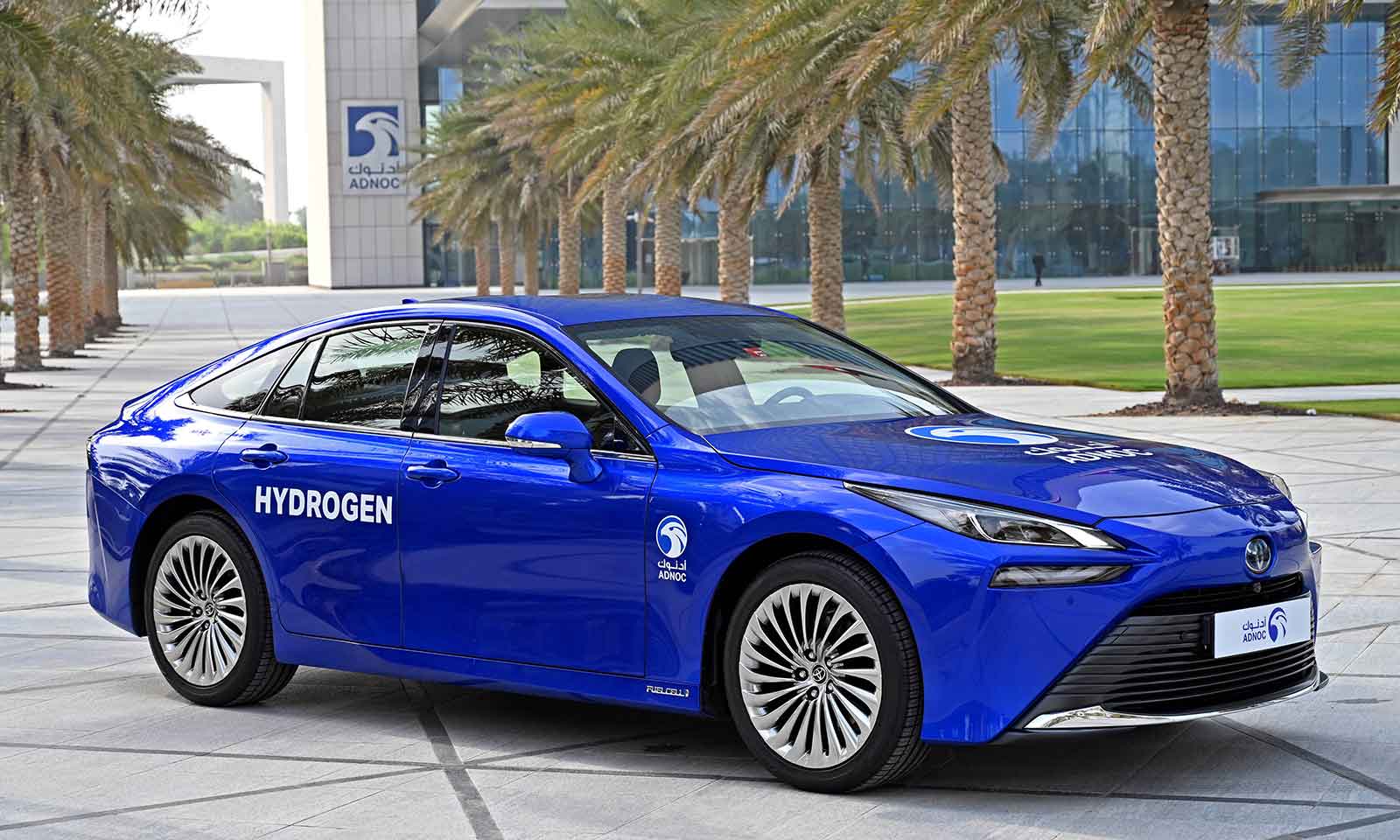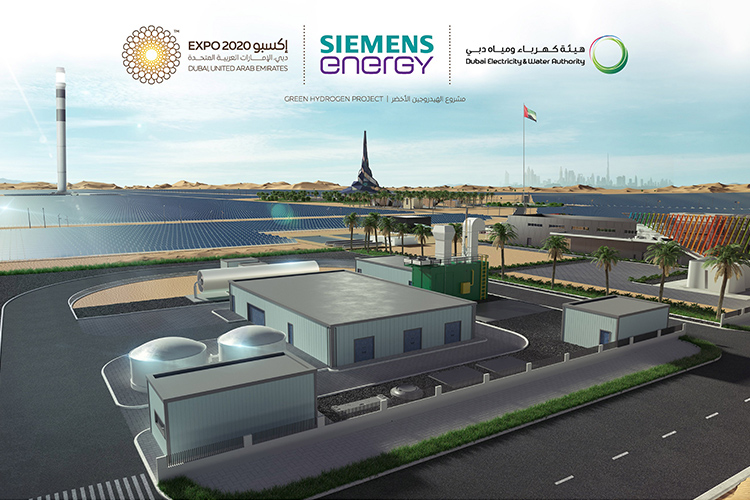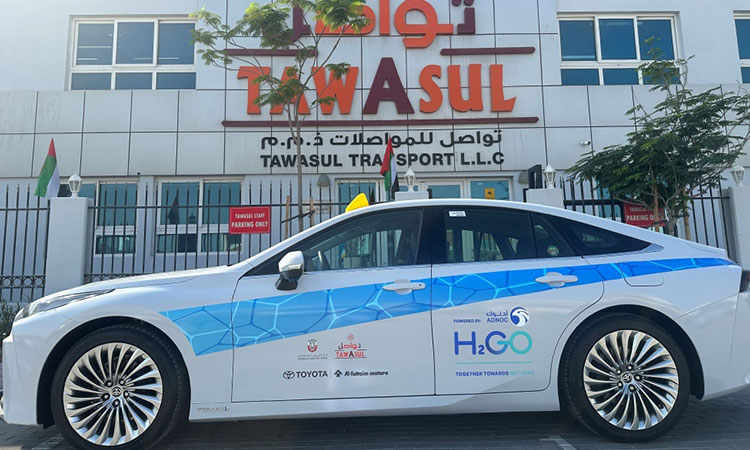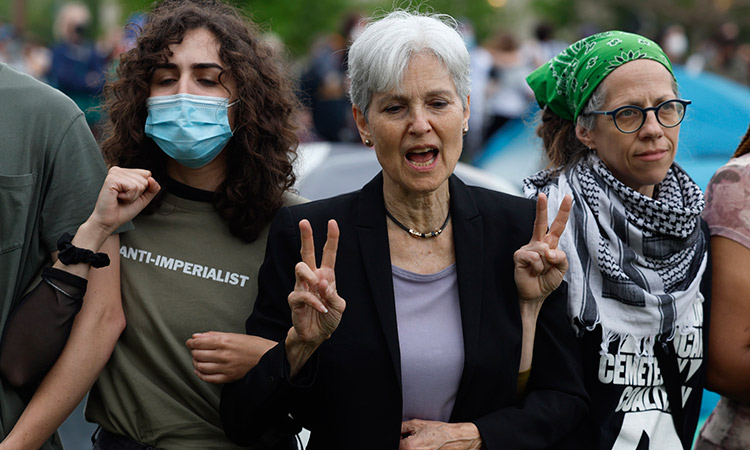Towards a hydrogen economy in India

Meena Janardhan
Writer/Editor/Consultant. She has over 25 years of experience in the fields of environmental journalism and publishing.
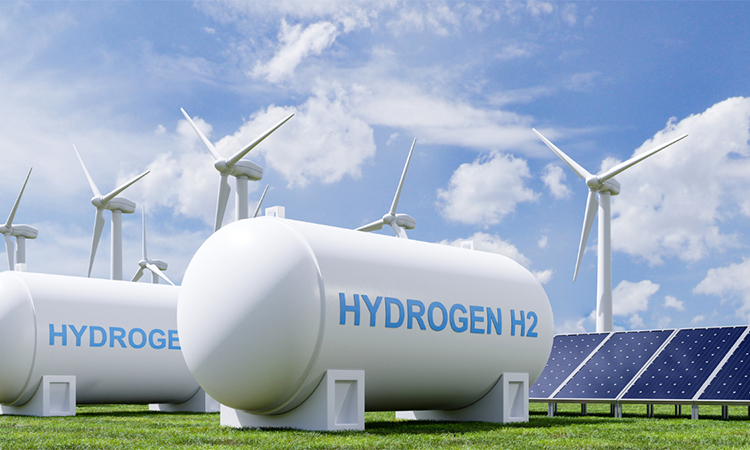
Illustrative image.
Changes in India’s energy system are on the anvil. One that is really anticipated is the increased use of hydrogen and its derivative energy carriers, according to a Mongabay-India commentary.
The authors of the commentary, Udayan Singh and Amit Garg, state that the Government of India is seriously considering a hydrogen economy. It has pledged investments of $2.5 billion into the production of green hydrogen and is aiming at an additional $8 trillion in private sector investments. That said, the stipulations around these funds could be made more flexible to enhance parity across fuel sources. In developing a hydrogen economy, India would need to chart its course based on national circumstances and priorities.
Citing the Intergovernmental Panel on Climate Change’s Sixth Assessment Report projections, the commentary points out that hydrogen will constitute 2%-8% of the global energy consumption in the industry sector by 2050. This may be somewhat higher if energy carriers derived from hydrogen, such as ammonia and methanol, are considered in the mix. The authors highlight that as per the International Energy Agency (IEA), hydrogen contributed to an equivalent of 2.5% of the final energy consumption in 2021. Most of this supply comes from unabated fossil fuels, also known as grey hydrogen. For hydrogen to be a component in decarbonisation, it would need to be sourced from renewable electricity (green hydrogen), fossil fuels with carbon capture (blue hydrogen), biomass, or nuclear. Irrespective of the fuel mix, there is consensus that hydrogen will be critical for some end-uses. As visualised, this ecosystem of sources, end-uses and associated infrastructure has come to be referred to as the ‘hydrogen economy’.
The commentary also highlights that the Government of India recently released guidelines for the National Green Hydrogen Mission. The current norms for green hydrogen incentives extend to hydrogen produced from renewable electricity and biomass, with life-cycle carbon intensity below two kg of carbon dioxide equivalent per kg of hydrogen of hydrogen produced. The source of the hydrogen in this case, i.e., renewable electricity and biomass, is consistent with India’s goal of non-fossil electricity generation capacity reaching 50%. Biomass could also serve as an important source of hydrogen.
The commentary discusses that the current emission threshold could be seen as too restrictive. India has historically low emissions, so this threshold could be set in a phased manner. Having a more realistic target could help account for initial uncertainties. Hydrogen storage, transport and distribution are energy-intensive processes. Hydrogen is also prone to leakage. These factors are still not well understood in Indian field conditions and may countermand life-cycle benefits in other parts of the supply chain, thus cancelling the overall emission reduction benefits. Carbon market mechanisms worldwide are still zeroing in on the most appropriate accounting methodology for hydrogen supply chains. Thus, flexibility in the emission threshold can allow more technologies to scale up and identify hotspots where emission reductions could occur over the next several decades. Another issue is the constraining of hydrogen sources to renewable electricity and biomass. This could risk disincentivising Indian technologies.
The authors stress that is also imperative to focus on where hydrogen is sourced from and also to look beyond sources to prioritise certain end-uses for hydrogen, i.e., where this hydrogen is utilised. For instance, research from the Homi Bhabha National Institute, Mumbai, shows that 490-570 million tonnes of CO2 could be abated annually if hydrogen displaces the current source of energy in several sectors. This corresponds to 15% of India’s present-day CO2 emissions.
The commentary concludes by saying that there is a strong need to create an ecosystem that supports attracting foreign capital for climate financing as well. International finance coming to India from various financial institutions is centrally regulated under the International Financial Services Centres Authority. Such a structure could be leveraged or extended to low-carbon infrastructure such as green hydrogen plants and pipelines. The G20 New Delhi Leaders’ Declaration aims to support resilient global markets for low-carbon hydrogen. To operationalise this, it is essential that hydrogen and its derivative energy carriers receive broad acceptability in key markets and also have minimal taxes imposed on its trade.
